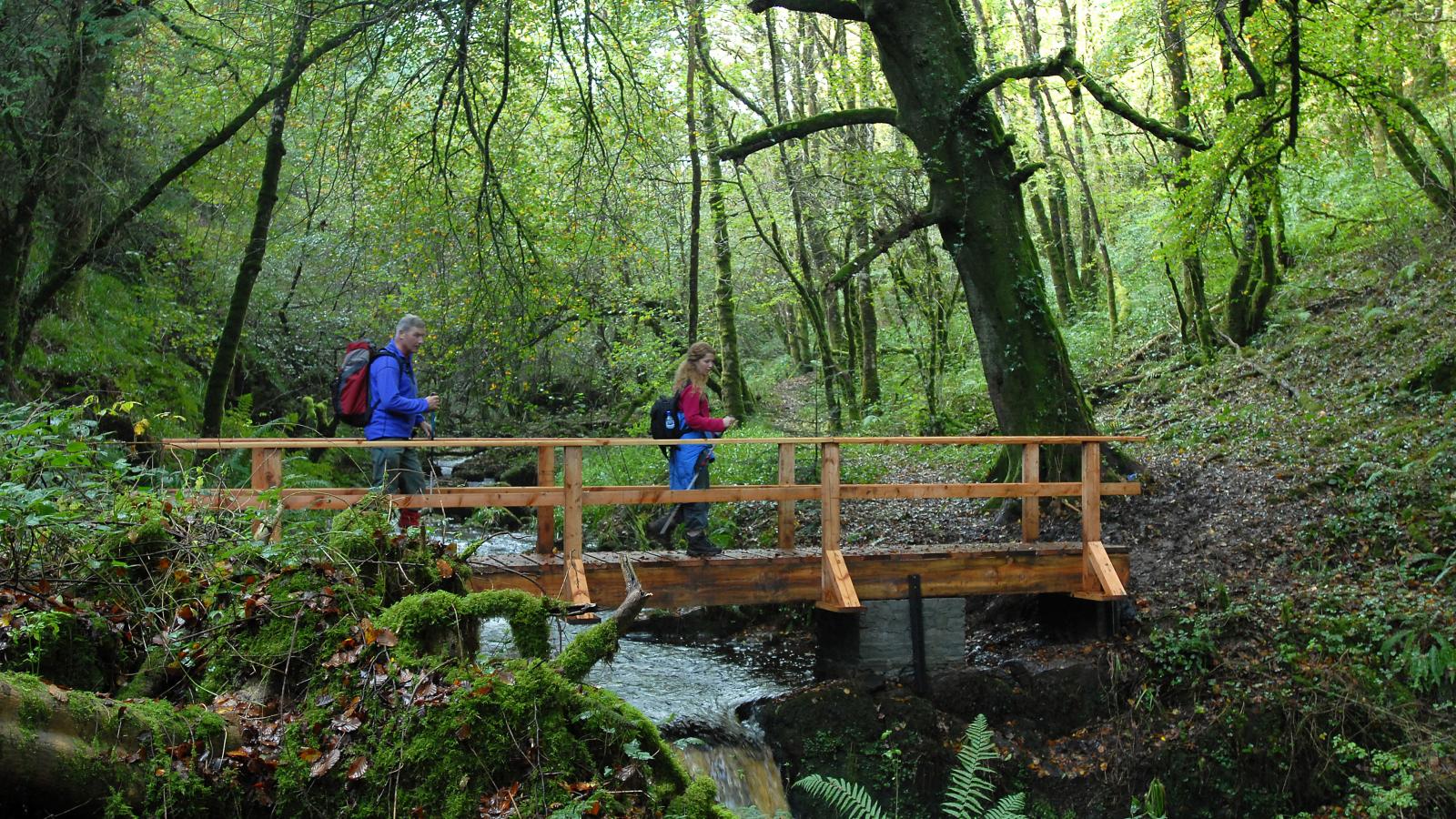Trail Advice & Guidance

Planning to go out on a trail
- Pick a trail that suits your fitness and ability. Check the trail grading to decide this. If planning to go with a group, choose a trail that suits the least experienced member of the group.
- Allow plenty of time for your walk or cycle – allow extra time for hilly trails, rest stops, lunch and taking photos.
- Know what time it gets dark at, and plan to finish your walk well before that time.
- For seashore trails, check if they are affected by the tide and if so time your visit to ensure you are not cut off by rising water.
- Happy Hiking - How To Start
Clothing & Equipment
Walking
The amount of clothing and equipment you may require will depend on the amount of time you plan to walk for, the type of trail and the time of year and weather conditions. However, always be aware that the weather can change quickly at any time of year. Here’s a list of things you need to consider bringing:
- A waterproof jacket.
- Wear walking boots or shoes suitable for the trail grade you will be walking.
Please note: The most common injury when walking is to the ankle or lower leg, usually resulting from a simple slip or fall. This is less likely to happen if you wear comfortable walking boots with good ankle support and a rugged sole.
- Hat and gloves, waterproof over-trousers.
- Food and liquids depending on the time you plan to be walking
- A mobile phone. However, do not rely on a mobile phone for navigation or communication as coverage is not guaranteed in all locations in the countryside.
- Map, torch, whistle, personal first aid kit.
Cycling
The amount of clothing and equipment you may require will depend on the amount of time you plan to cycle for, the type of trail and the weather conditions. Here’s a list of things you need to consider bringing:
- Always wear a helmet and bring a waterproof jacket and extra base layer
- Hat and gloves, waterproof over-trousers
- Always bring a spare tube, puncture repair kit, pump and chain repair tool (learn how to replace a tube in advance case you get a puncture)
- Basic first aid kit
- Food and liquids
- A mobile phone. However, do not rely on a mobile phone for navigation or communication as coverage is not guaranteed in all locations in the countryside
Things to consider when out on a trail
-
Use a map to keep track of where you are and the progress you are making along the line of the trail. Mark/tick off the markings on the map as you go.
-
If in a group, stay together and watch out for each other.
-
Be aware of traffic, especially if walking or cycling on roads.
-
Don't rush, take breaks, and most importantly enjoy yourself!
Please Note: Watch for changes in the weather, if it deteriorates, be prepared to alter the route or turn back.
In the event of a more serious emergency or accident
1. Phone 999 or 112
2. If you need to send people to phone for help, make sure they can find their way and give details of the group's location and the nature of any injuries
3. Treat any injuries to the best of your ability and make the casualty as warm and comfortable as possible. NB: Ensure the other members of the group are also safe and comfortable as it may take a number of hours for help to arrive.